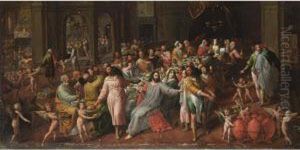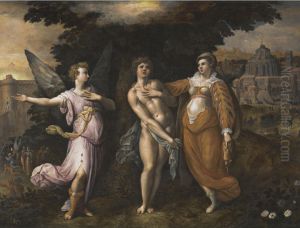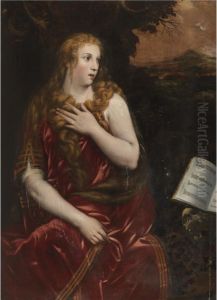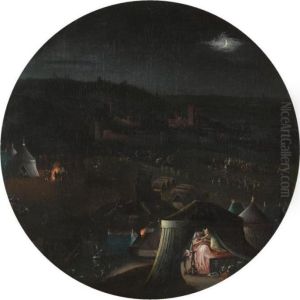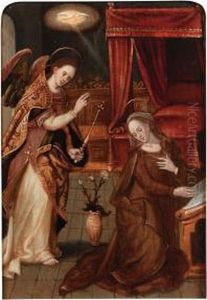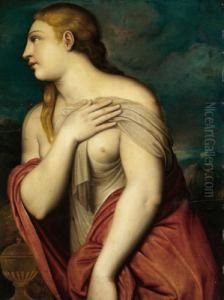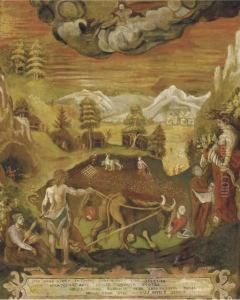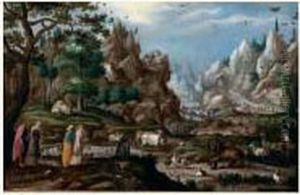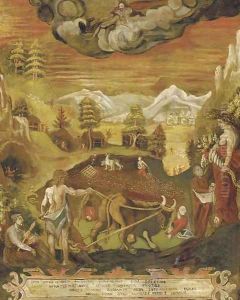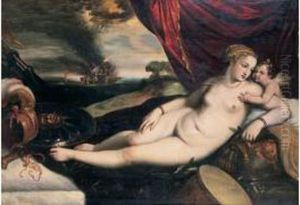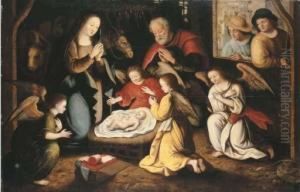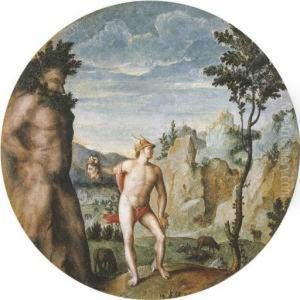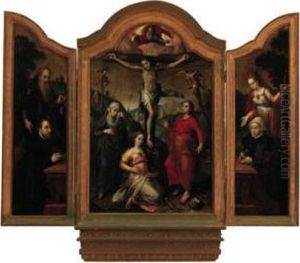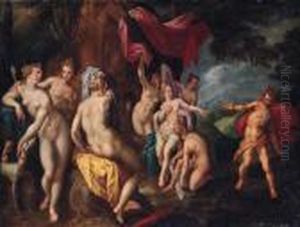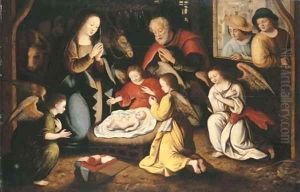Gillis Coignet Paintings
Gillis Coignet, also known as Aegidius Coignet, was a Flemish Renaissance painter born in Antwerp in 1542. He was a notable figure during the Northern Renaissance period, which saw a flourishing of arts and culture in the regions of Europe north of the Alps. Coignet was primarily known for his landscape paintings, but he also produced works featuring historical and mythological themes.
Coignet received his artistic training in the workshop of his father, Pieter Coignet, who was a painter and art dealer. He further developed his skills under the guidance of prominent painter Lambert Lombard in Liège. Coignet's early works showcase the influence of Italian Renaissance, which he absorbed during his travels to Italy. His journey took him to cities like Rome, where he closely studied the works of Italian masters, incorporating their techniques into his own style.
After returning to Antwerp, Coignet became a master in the Antwerp Guild of Saint Luke in 1561. His contributions to the guild and the city's artistic community were significant, and he became known for his innovative use of color and light in his landscapes. Coignet's work often featured harmonious compositions, with an emphasis on atmospheric effects and the natural beauty of the world around him.
Throughout his career, Coignet remained engaged with the intellectual and scientific communities of his time. He was interested in mathematics and geometry, which he applied to his art in the form of perspective and proportion. His paintings reflect a meticulous approach to detail and a keen understanding of natural phenomena.
Coignet also had a successful career as a teacher, passing on his knowledge and techniques to the next generation of artists. Among his pupils were notable figures such as Sebastian Vrancx and Gilles van Coninxloo, who would go on to have successful careers of their own.
Despite his influence and the quality of his work, Coignet's life was not without struggle. The economic downturn and religious turmoil of the late 16th century in the Low Countries affected him as it did many of his contemporaries. Nevertheless, Coignet continued to paint and sell his works until his death in 1599.
Today, Coignet's paintings are held in various collections around the world, and he is remembered as an important figure in the history of Flemish art. His legacy lives on through his contributions to landscape painting and his role in the development of the Northern Renaissance style.
